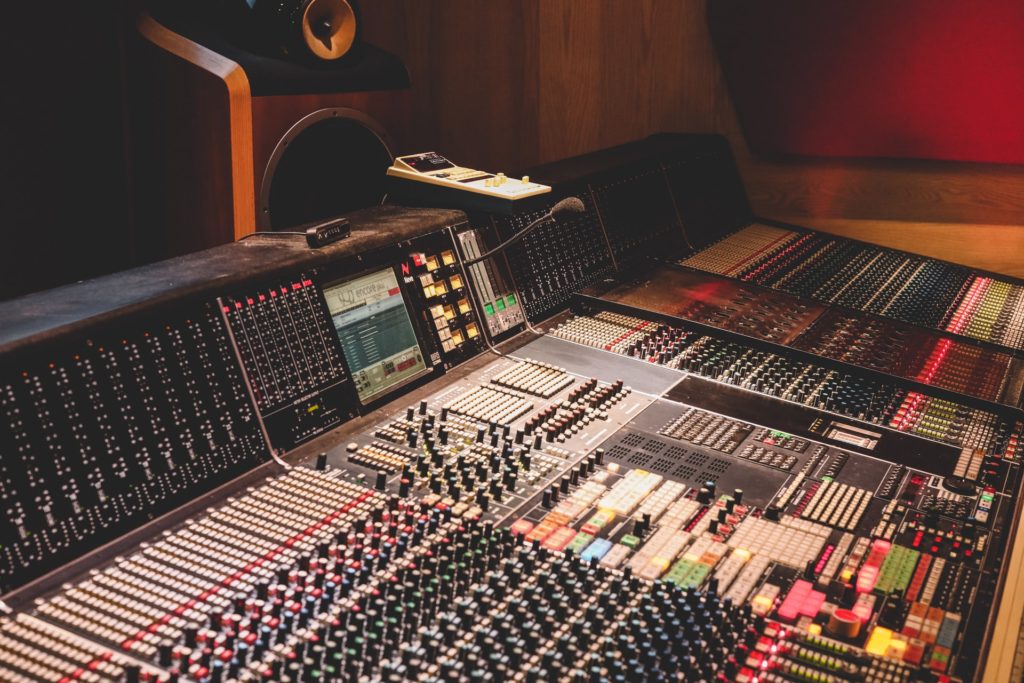Recent Posts
- Unlock the Ethereal Sounds of the Theremin: A Comprehensive Guide for Beginners
- The Concept of Ratcheting in Music and Tangerine Dreams
- Unveiling the Magic of the Theremin: Professor Leon Theremin’s Legacy in Electronic Music
- Bloom Bass Impulse – Groundbreaking Bass
- AUX Open Music in DAW for Music Enthusiasts
Search Topic






